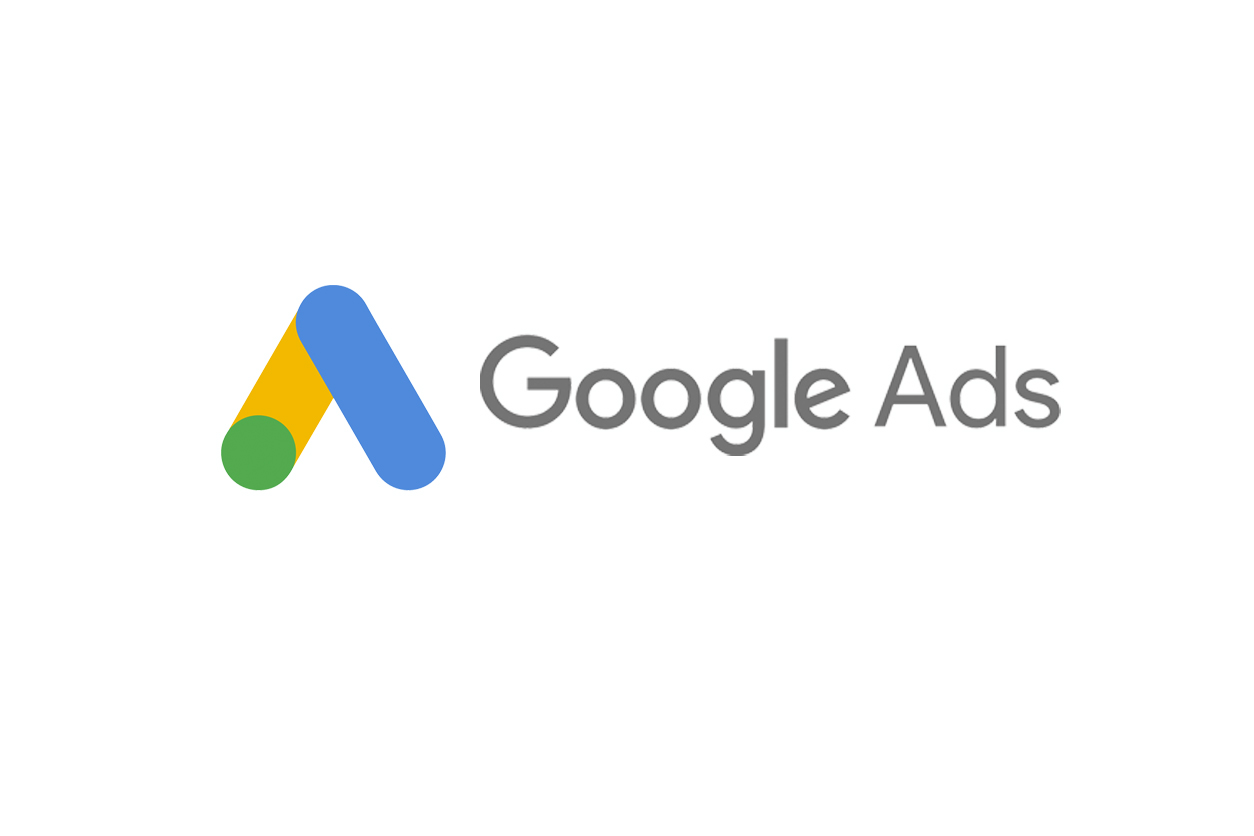Basics of Computer Vision - Detailed Guide

Last updated: 2022-08-15
How do computers make sense of Images, videos, and sensor data? Well, the answer lies in understanding the basics of Computer Vision
We are in August 2022 and it has been 6 months now since we, at IT BOOST Australia, decided to utilise and harness the power of computer vision and AI for the use of our clients who are predominantly small and medium sized businesses operating in Australia. Along this journey, we are currently documenting and sharing whatever achievement we gain with all other enthusiasts out there. We really hope you find our articles useful.
Computer vision began in the early 1950s and was first used commercially in 1970 to distinguish between typed and handwritten text. Apple Inc then used advanced Computer Vision technology in 2007. Since then, this computer technology has tremendously grown, making it one of the most compelling types of AI. This write-up aims to explain the basics of computer Vision and its benefits in everyday life.
What is computer vision?
Computer Vision is a study that enables computers to recreate the human visual system. Basically, it is a subset of artificial intelligence that obtains data from visual inputs like images or videos and processes them to define the attributes. It has to be powered by a set of effective algorithms to complete the tasks.
The entire process involves image collection, screening, analysing, identifying, and extracting data. This extensive processing generally helps computers to understand any visual content and act on it accordingly.
To get multi-dimensional data, Computer Vision projects interpret digital visual content into clear descriptions. The information collected is then turned into a computer-readable language to help in decision-making. The primary objective of this branch of artificial intelligence is to teach machines to gather information from pixels.
What's the Difference Between AI and Computer Vision?
It is necessary to note that Computer Vision is not the same as artificial intelligence. Both forms of technology are meant to make human lives easy and more convenient, but they are not identical.
Artificial intelligence is the potentiality of machines or computer-controlled robots to perform tasks commonly associated with human beings. This widely includes making decisions like humans would, analysing a situation, understanding language, carrying on conversations, and even solving problems creatively in new ways.
On the other hand, Computer Vision helps machines see the world around them. This involves using softwares that conducts image processing tasks. In most cases, computers can already do and are the field in which AI takes a step up.
What Kind Of Data Is Used For Computer Vision?
Images, videos, and sensor data can be labeled to refresh and train machine learning models for Computer Vision. Typically there are three most common types of data used to train Computer Visions: Two-dimensional (2-D) images and video, Three-dimensional (3-D) images and video, and Sensor data.
a) Two-dimensional (2-D) images and video
These datasets can be obtained from scanners, cameras, or other imaging technologies like an optical microscope, hyperspectral imaging (HSI) devices, single lens reflex, and infrared cameras.
b) Three-dimensional (3-D) images and video
These are datasets that are also sourced from scanners, cameras, or other imaging technologies like electron, ion, and scanning probe microscopes
c) Sensor data
These are data captured using remote technology like satellite, Radio Detection and Ranging System (RADAR), Light Detection and Ranging (LiDAR), or Synthetic Aperture Radar ( SAR).
Why is Computer Vision Important?
As much as humans use their eyes to see and understand their environs, so do computers to analyze and interpret visual data. As a result, Computer Vision has many uses across the automotive, retail, supply chain, and logistics industries. Some of the benefits it provides are:
- Process data faster and in a simpler way. Computer Vision systems can carry out repetitive tasks faster and more efficiently than humans, simplifying work.
- Help deliver better products and services. Systems that have been trained well will not commit mistakes, resulting in high-quality products and services.
- The Computer Vision system Reduces costs. They help in identifying defects in products and alert you to any issues. This way, you can fix any problem before they become a larger problem.
The system helps with Law enforcement and defense. This technology can help identify suspicious individuals or even terrorists in public places.
What is Image Segmentation, And How Does It Influence Computer Vision?
Image segmentation partitions each pixel in a given visual representation to give an accurate representation of the object’s shape. In simple terms, it is the method through which a digital image is broken down into different subgroups called image segments.
The main goal of image segmentation is to simplify images for easier analysis and further processing of the image simpler. Segmentation allows you to extract the Region of Interest (ROI) for image analysis. Again it adds more meaning and accuracy to the images.
Segmentation is a major aspect of computer vision and without it, conducting computer vision implementations would be nearly impossible. While using this technique, you will be able to divide pixels and assign them labels.Some of the notable areas segmentation is used profusely include face recognition, image based search, and number plate identification.
How Does Computer Vision Work?
Computer Vision needs lots of data and depends on pattern recognition to understand visual data. It runs data analyses repeatedly until it recognizes differences and ultimately recognises images.
For instance, to train a computer to recognise car tires, you need to feed the computer with different quantities of tire images and tire-related items. This way, it will learn the differences and recognise a tire, especially one with no defects.
In simple words, computers identify image pieces and label objects. Then, they find patterns in them. After that, this technology gets all the parts of the image together. Then, it assembles them like a puzzle.
Mainly, two essential technologies are used to accomplish Computer Vision: convolutional neural network and deep learning.
a) Deep Learning
Deep learning is machine learning that uses algorithmic models to help the computer to teach itself about visual data. When you feed enough data via this model, the computer will analyse the data and teach itself to recognise the images. Algorithms enable the computers to recognise data by themselves rather than someone programming them for image recognition.
b) Convolutional Neural Network
The convolutional neural network is called Space Invariant Artificial Neural Networks (SIANN) or Shift Invariant. It is mainly used in image recognition and processing and is specifically designed to process pixel data. For example, it helps machine learning break images down into pixels that are given tags or labels.
CNN then uses the labels/ tags to perform a mathematical operation on two functions to produce a third function. Then it makes predictions about what it sees. Finally, this neural network runs the math operations and examines the accuracy of its projections in a series of iterations until they start to come true. This way, it recognises the images the way humans do.
Examples of Computer Vision
1. Autonomous vehicles
To enable self-driving, Computer Vision is necessary. Some brands like BMW, Volvo, Audi, and Tesla use cameras, radar, lidar, and ultrasonic sensors to collect visual data from the environment, enabling the self-driven cars to detect objects, traffic signals, and lane making.
2.?Google Translate app
Google deployed its instant translation service that uses Computer Vision via phones in 2015. They started using Neural Machine Translation, a system that drives accurate Computer Vision-based data, in 2016. The app enabled internet-enabled devices with cameras to detect text in the real world.
Typically, the app automatically detects text and translates it into the language of your choice. So all you must do to read signs in a foreign language is point your smartphone’s camera at the words and let the Translate app tell you what it means in your preferred language.
3. Facial recognition
Facial recognition is used through smartphone applications, public security industries, and facial detection solutions. However, detecting and recognizing faces in public is an application of Computer Vision already being used in certain jurisdictions and banned in others.
Most countries like China are using facial recognition technology to do almost all their duties, including police work, payment portals, security checkpoints, and dispensing toilet paper.
Successful facial detection highly depends on deep learning and machine vision. Computer Vision algorithms identify and capture images of people’s faces, then sends them to the backend system for analysis.
4. Medical imaging
Medical imaging relies greatly on pattern observation and image classification principles for diagnoses. Although healthcare professionals used to conduct medical procedures manually, Computer Vision solutions have stepped up to help doctors diagnose different medical conditions.
Mostly, Computer Visions are used for processing medical imagery, especially in pathology, radiology, and ophthalmology.
5. Manufacturing
Computer Vision is also helping manufacturers run more safely, intelligently, and effectively in different capacities. It is most popular in manufacturing plants and is regularly used in AI-powered inspection systems like R&D laboratories and warehouses. Mostly they help these facilities to operate more intelligently and effectively.
For example, predictive maintenance systems use Computer Vision for their inspection systems. Typically, the tools lower machinery breakdowns and product disproportion by constantly scanning the environment. In addition, the tools will notify human personnel in case of a breakdown or if a low-quality product is detected.







